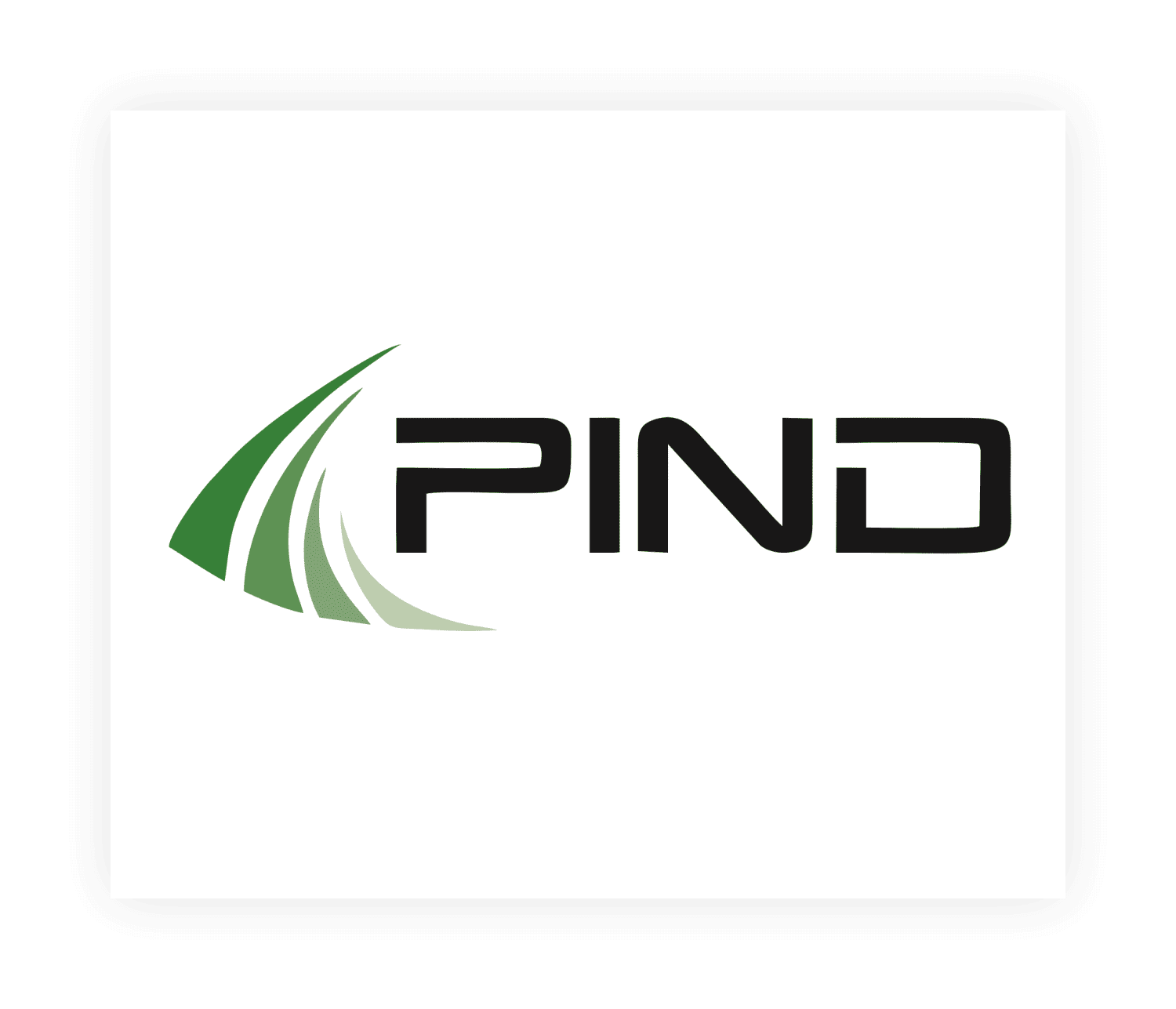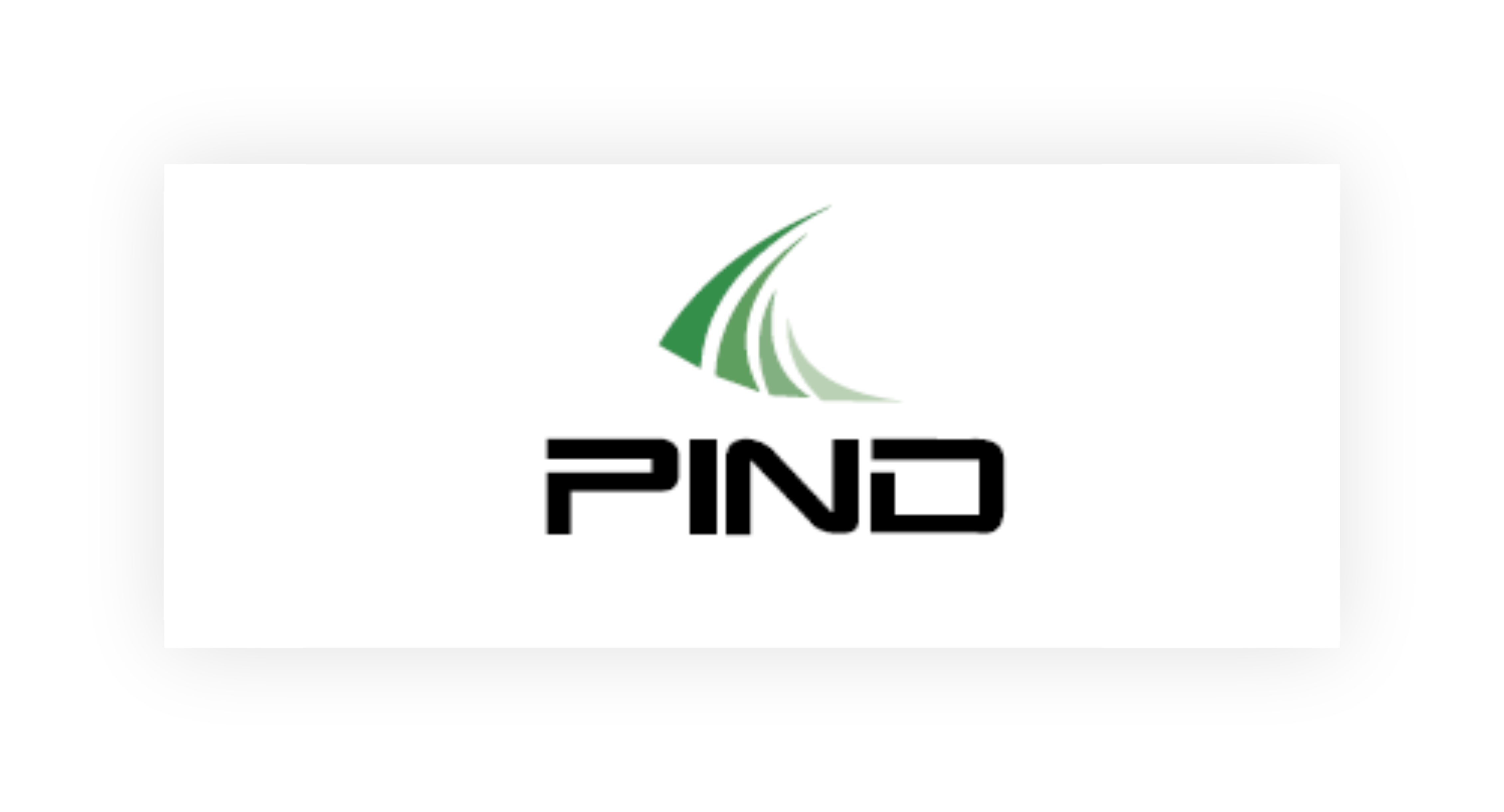Typography
Typography can work together with other design elements to make communication more readable, consistent and visually appealing. Corbel is the approved typeface and should be used on all communication materials. This typeface is available in many weights and styles that are essential to create distinction across all corporate-wide and sub brand communications. Corbel’s open, uniform and modern design ensures great legibility without being static and formal. For internal documents created in Microsoft Office applications, or for instances where Corbel is not available, alternative Droit Serif typefaces have been chosen.
Colour
Colour plays an important role in how the PIND brand is presented and represented. Use PIND Green (Pantone specifications 347 C) on all corporate-wide communications. When used consistently overtime, this colour will become directly associated with PIND. Black and white may also be used on both corporate and sub-brand communications in circumstances where it may not be possible to present the PIND Master Brand in its traditional colours.
Imagery
Generally, any photograph used in a PIND document will fall under one of the four focal areas of PIND. Whenever possible, photos should depict people in vibrant colours. Imagery used consistently can support the PIND brand identity. The six imagery themes (Encouraging, Knowledgeable, Supporting, Empowering, Connected, Innovative) are based on the core values of the PIND brand and reflect the PIND brand personality and style, as well as PIND’s areas of expertise and history. Real photographs (not clip art or stock images) should be used whenever possible to convey these themes.
Graphics guides
When choosing icons or creating iconography, use styles that are simple, modern and informative. When housing icons in shapes, use simple shapes tp keep general designs simple, modern and concise. Use icons to illustrate facts and aid navigation but do not use them as logos.



